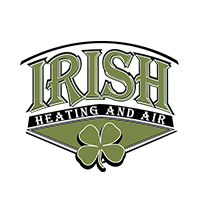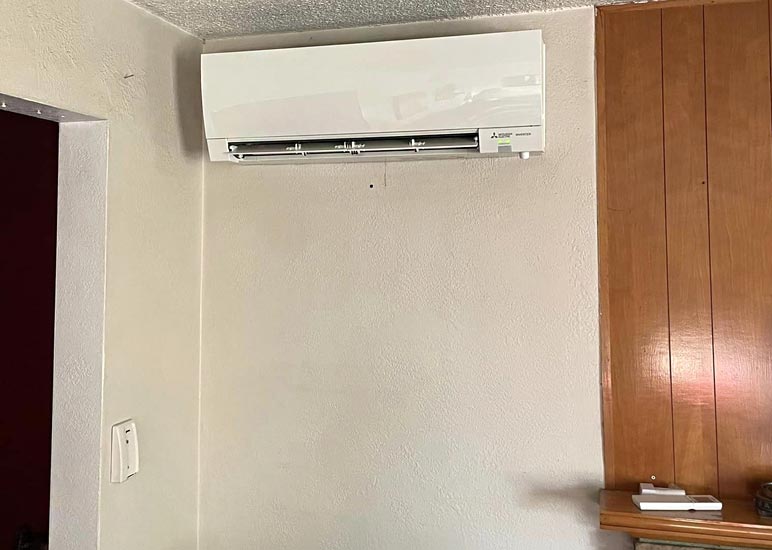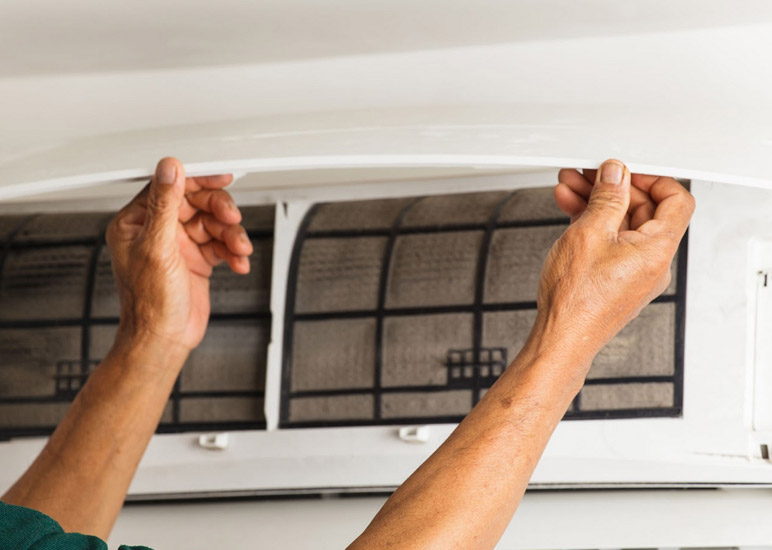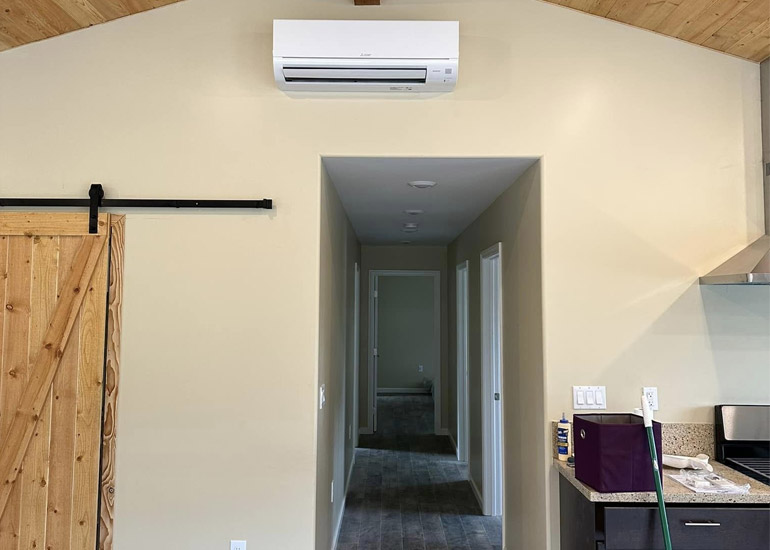 Imagine if your home has completely air-proof. Smells and humidity would linger in your home. The air would start to feel stale, and you would (after a long time) run out of oxygen. No house is air-proof, which is great because we need fresh air for health and comfort. But, does your home’s ventilation provide enough fresh air?
Imagine if your home has completely air-proof. Smells and humidity would linger in your home. The air would start to feel stale, and you would (after a long time) run out of oxygen. No house is air-proof, which is great because we need fresh air for health and comfort. But, does your home’s ventilation provide enough fresh air?
How much fresh air does a house need? And, do you need to trade-off between getting more fresh air and keeping your home energy efficient? Here’s what you need to know about your home’s fresh air needs.
The Amount of Fresh Air You Need
Your building codes may be very specific about the ventilation systems your home needs and how much fresh air it should supply. ASHRAE (the American Society of Heating, Refrigerating and Air-Conditioning Engineers) also provides standards for fresh air. It states that every hour the home should receive 0.35 air changes or 35% of its total volume of air.
So, the exact amount of fresh air your home needs depends on its size. ASHRAE recommends that this amount should not be less than 15 cubic feet of air per minute per person. In a home of four, therefore, it should be 60 cubic feet of air per minute at minimum.
Signs You Need More Fresh Air
You likely won’t be able to measure the amount of fresh air you’re getting into your home without the help of an HVAC professional. So, what are some signs that you can notice that might mean you need more fresh air? Here are some signs:
- Smells linger: Cooking and bathroom smells should dissipate from your home quickly. If they don’t, you need better ventilation.
- Humidity isn’t ideal: Too low or too high humidity may mean your home isn’t getting the fresh air it needs to balance humidity and remove mold spores too.
- Dust: If your home collects a lot of dust, you may need more ventilation.
How to Get More Fresh Air
Homes aren’t air-proof, which means that they breathe to some degree. However, no building will get enough fresh air without a strong ventilation system. You have two major options to increase the amount of fresh air that you get:
- Local ventilation: These are relatively small fans that add fresh air, and vent stale air, in a small area of your home. It’s a great solution for spaces that generate an unusual amount of air pollutants from smells to humidity. Local ventilators are common in kitchens and bathrooms.
- Whole home fans: Whole-home fans are a more powerful option that can move more fresh air into your home. They do not need to undermine your energy efficiency and let all of your furnace or air conditioner’s hard work go to waste. Instead, whole home fans can use heatexchange systems. In winter, they can take the heat out of your home’s air before venting it and add that heat to the fresh air it brings in.
If you’re not sure whether or not your home needs more fresh air, an HVAC professional can help.





